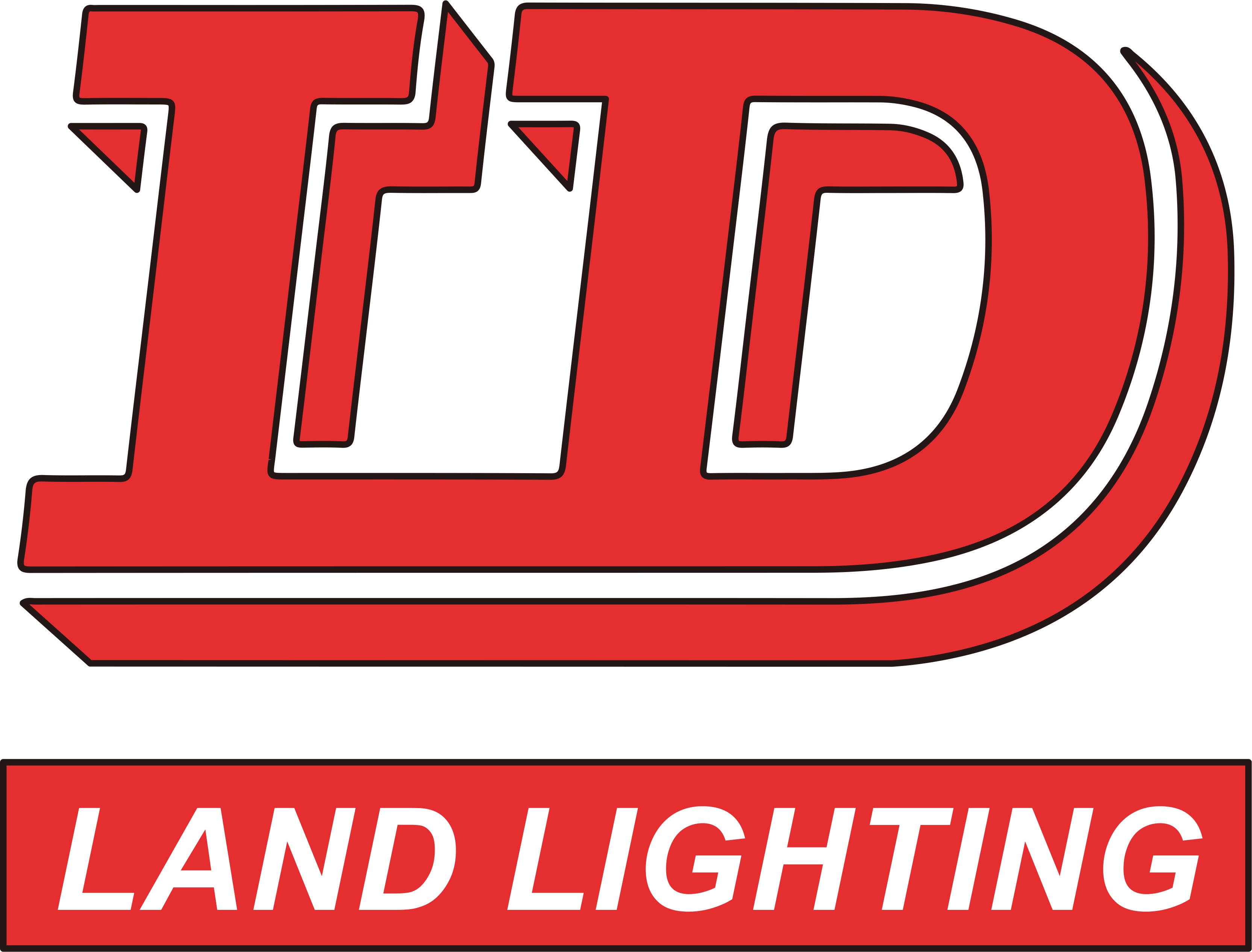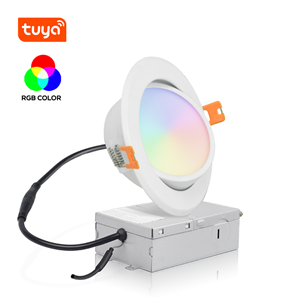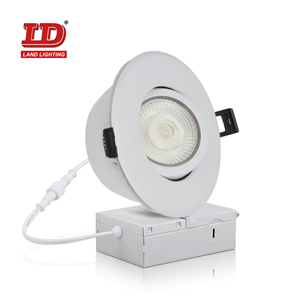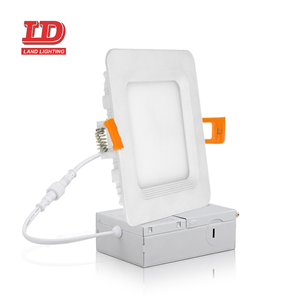LED Technology 一
LED Technology 一.
Look closely at the wavelengths between 400 - 470 (violet and blue) and the wavelenghts between 610 - 720 (orange and red) in the image below (nm = nanometer):
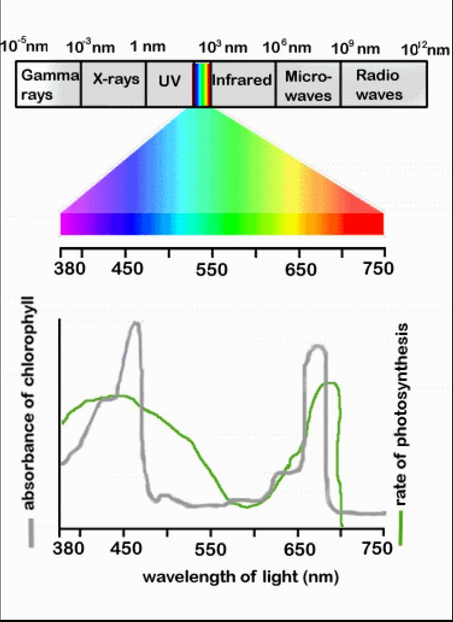
The red and blue wavelengths of the light spectrum predominantly impact the plants photosynthesis process. Generally, blue enhances vegetative growth, while red promotes flowering. LED grow lamps that contain these light frequencies scientifically manipulate photosynthesis.
200 - 280 nm
UVC ultraviolet range which is extremely harmful to plants because it is highly toxic.
280 - 315 nm
Includes harmful UVB ultraviolet light which causes plant colors to fade.
315 - 380 nm
Range of UVA ultraviolet light which is neither harmful nor beneficial to plant growth.
380 - 400 nm
Start of visible light spectrum. Process of chlorophyll absorption begins.
UV protected plastics ideally block out any light below this range.
400 - 520 nm
This range includes violet, blue, and green bands. Peak absorption by chlorophyll occurs, and a strong influence on photosynthesis. (promotes vegetative growth)
520 - 610 nm
This range includes the green, yellow, and orange bands and has less absorption by pigments.
610 - 720 nm
This is the red band. Large amount of absorption by chlorophyll occurs,
and most significant influence on photosynthesis. (promotes flowering and budding)
720 - 1000 nm
There is little absorption by chlorophyll here. Flowering and germination is influenced. At the high end of the band is infrared, which is heat.
1000+ nm
Totally infrared range. All energy absorbed at this point is converted to heat.
